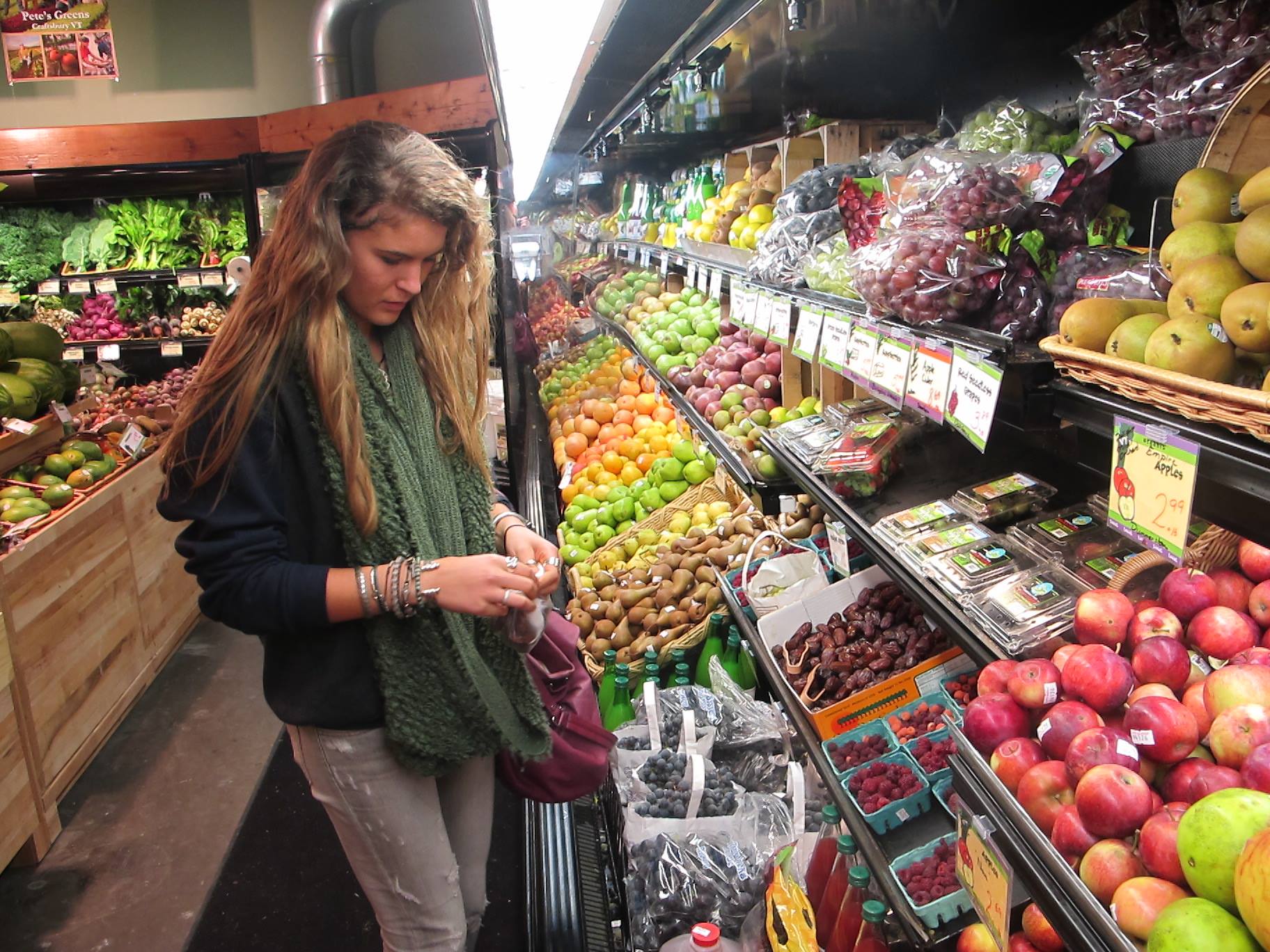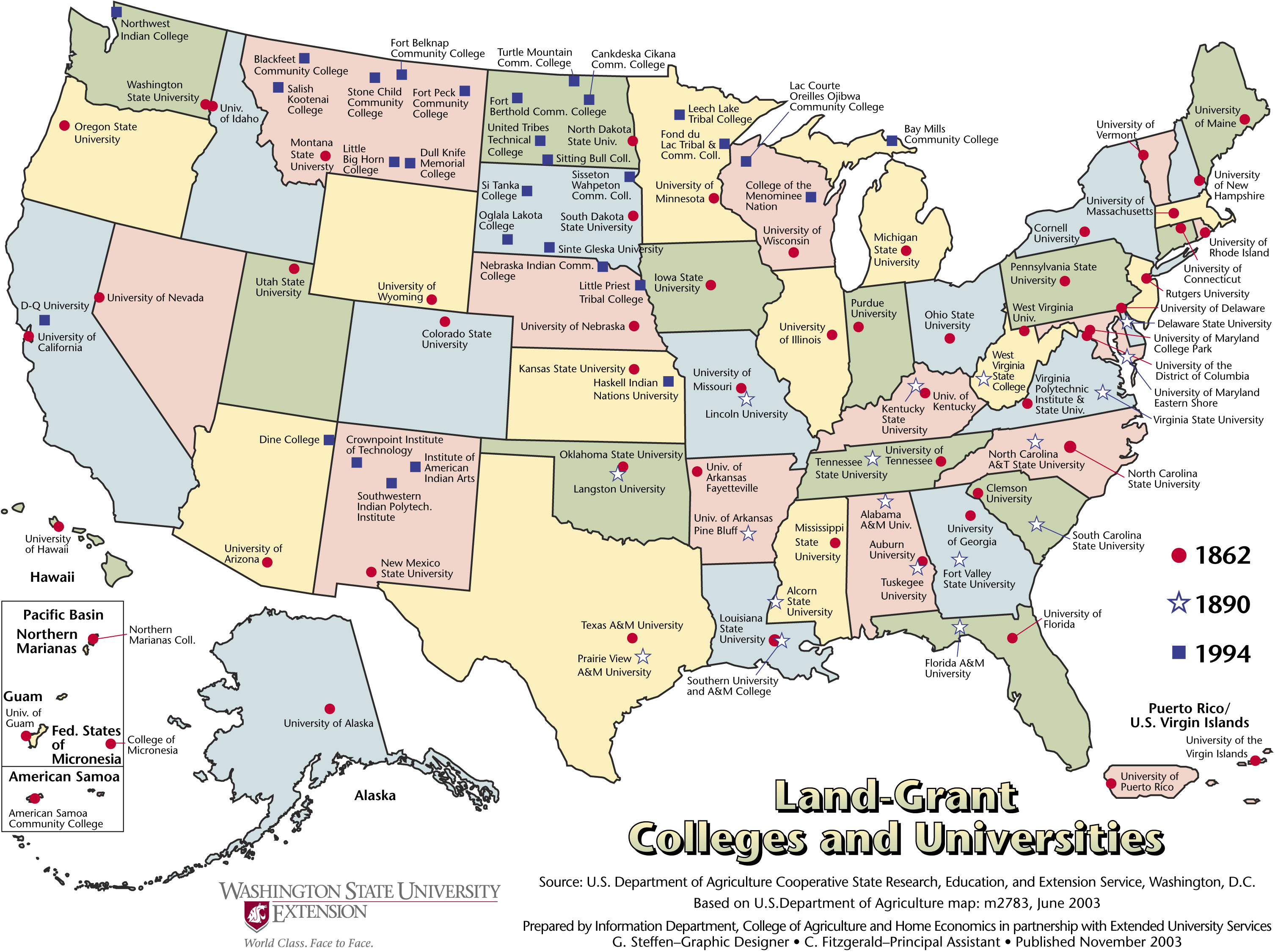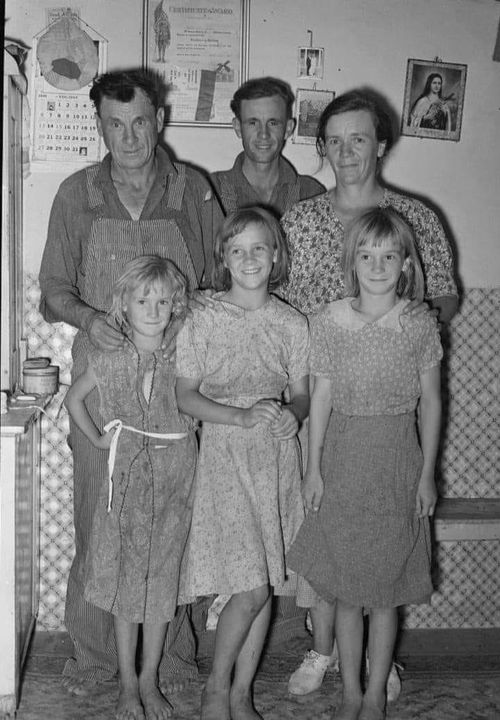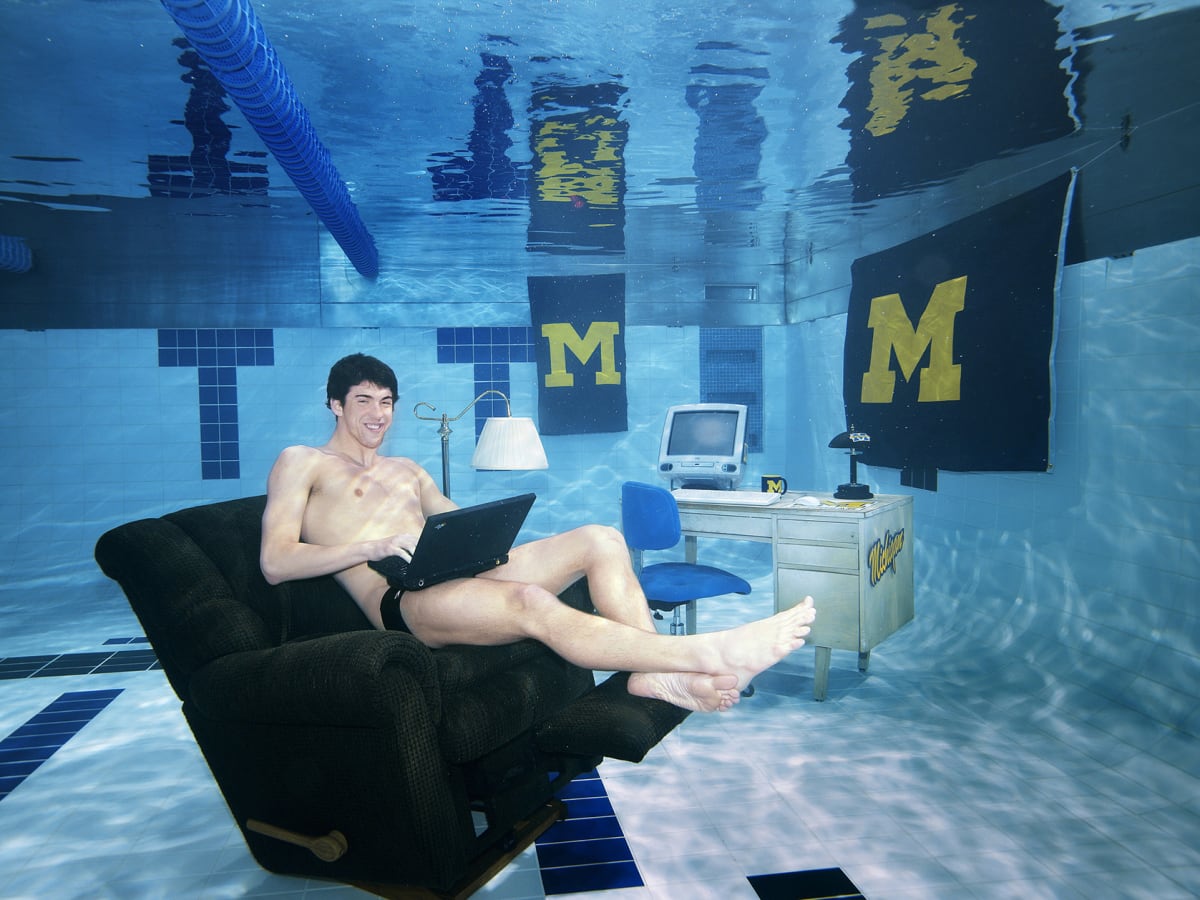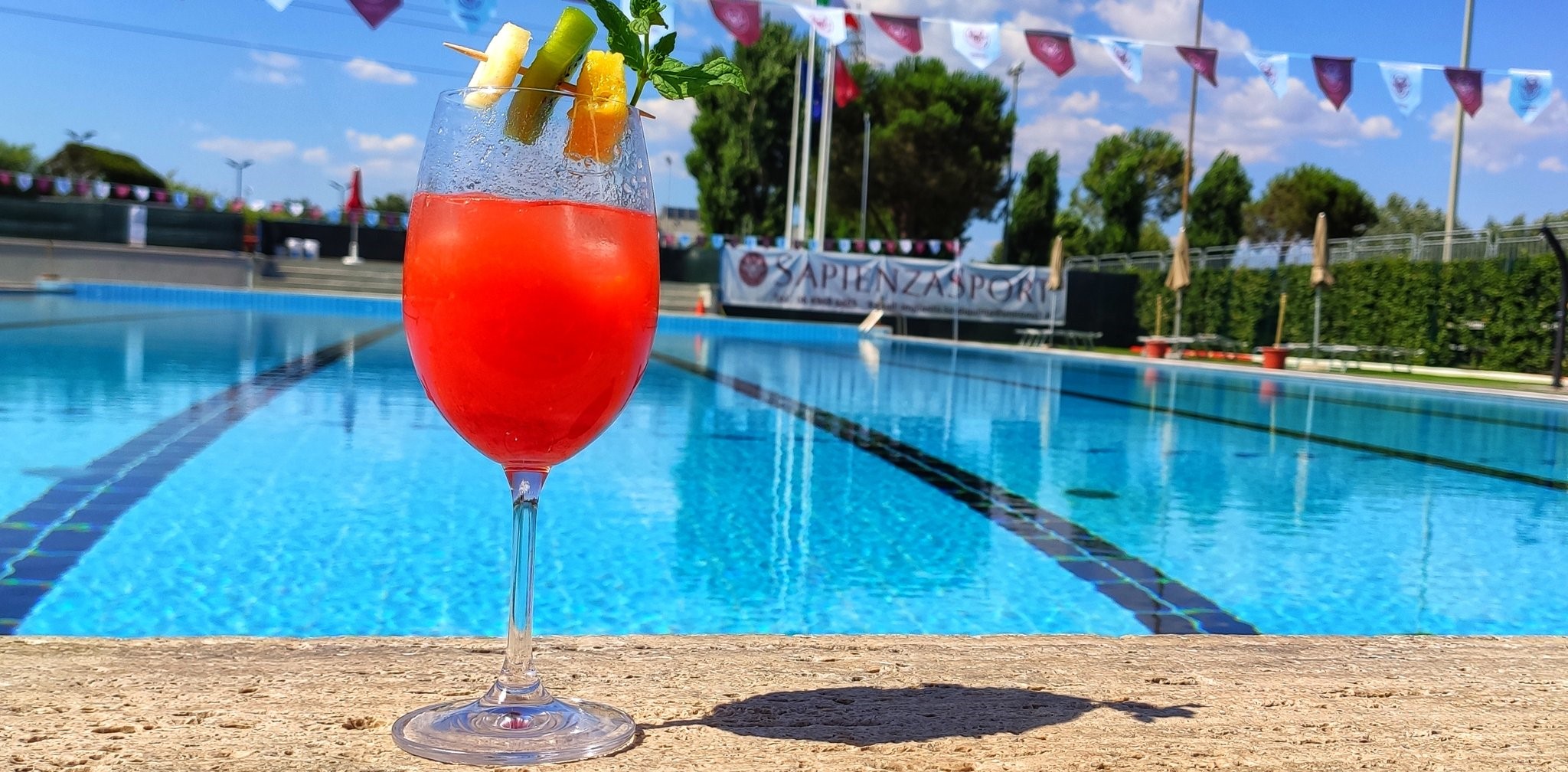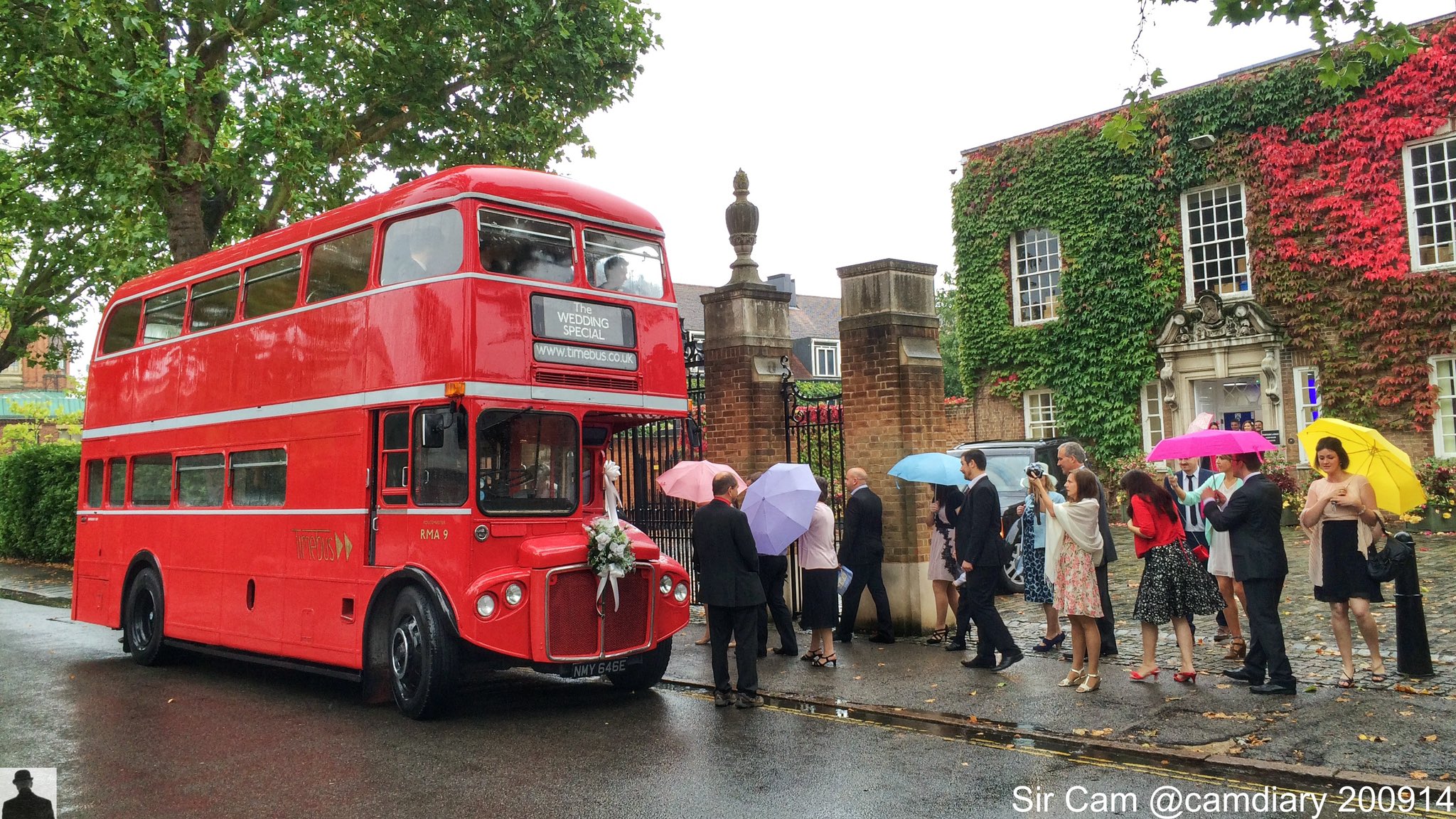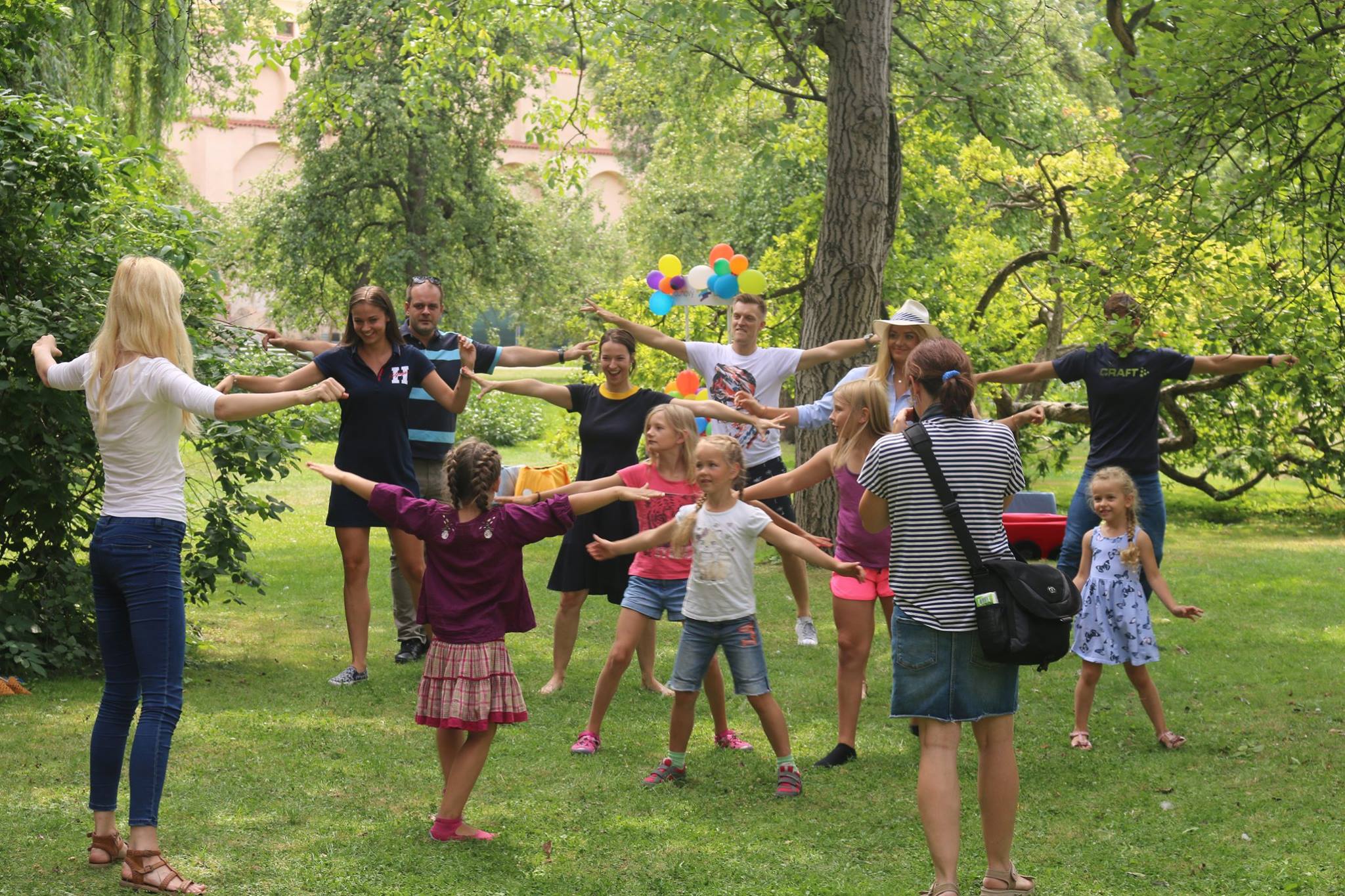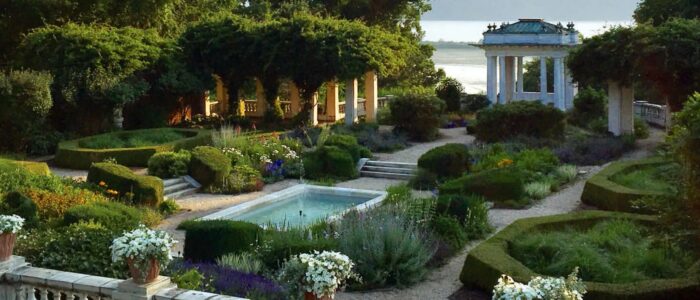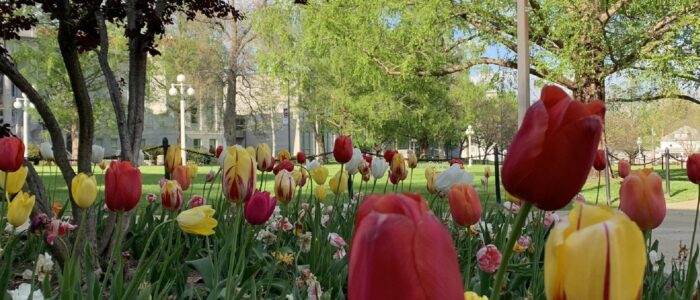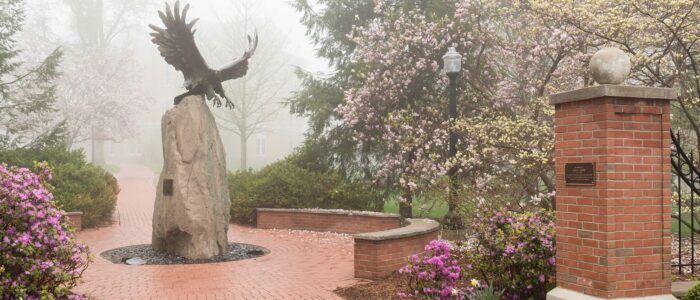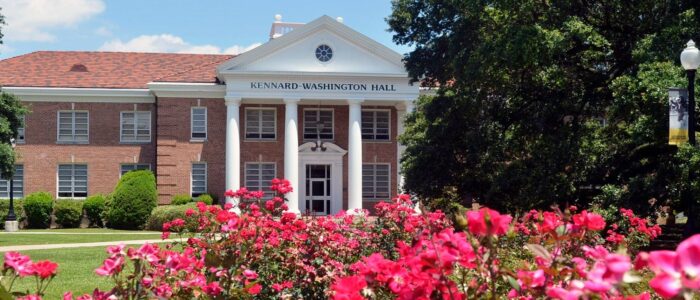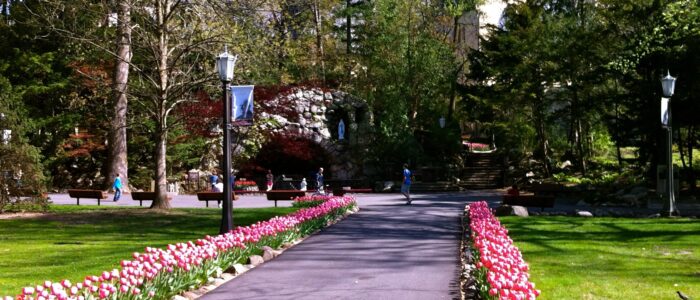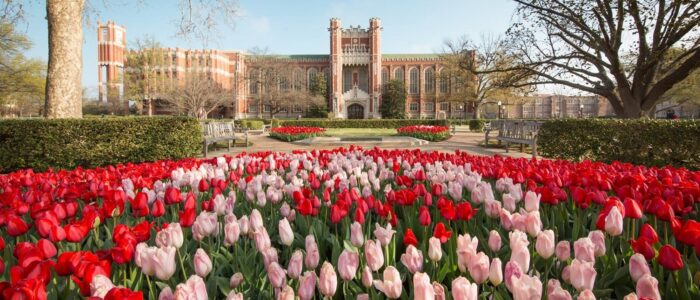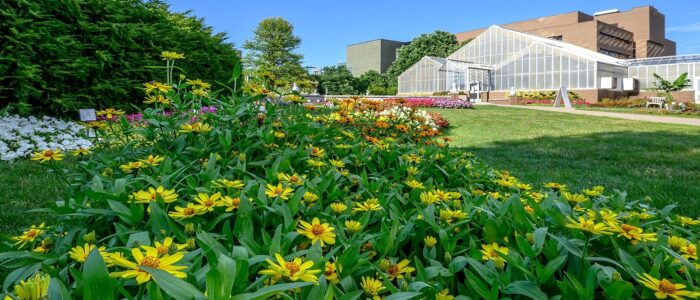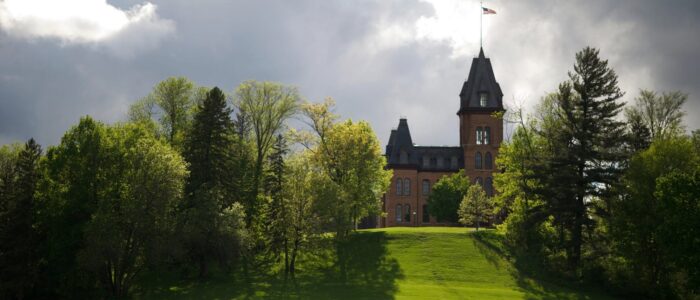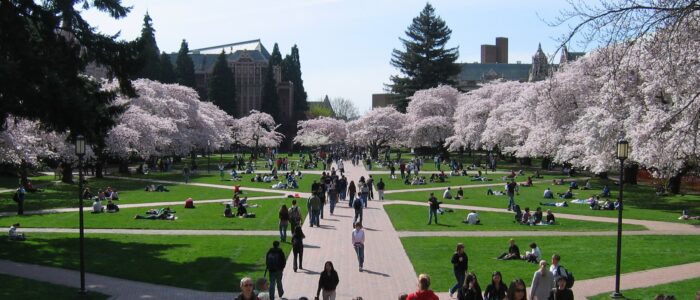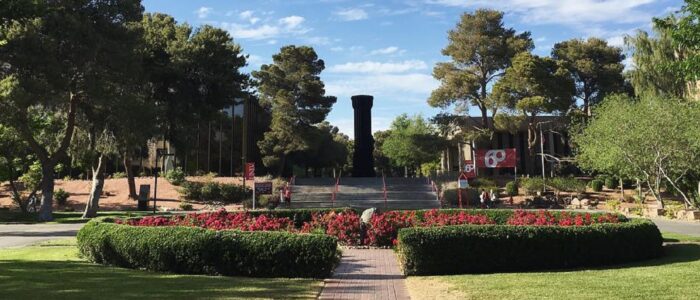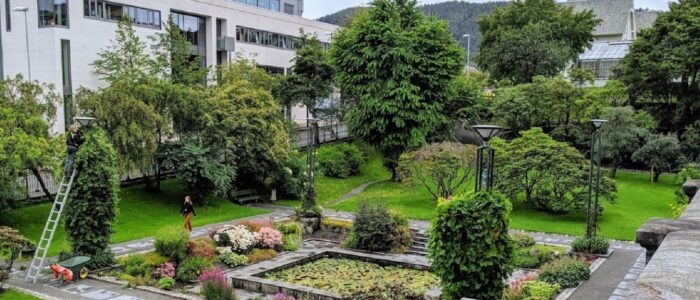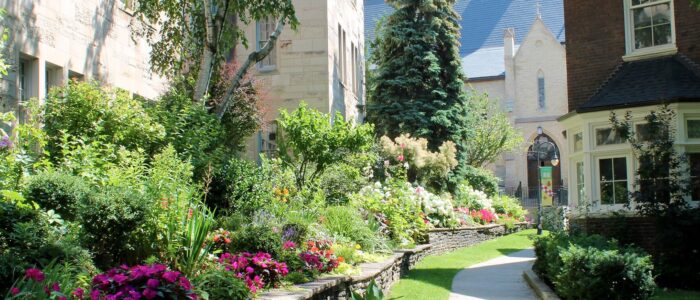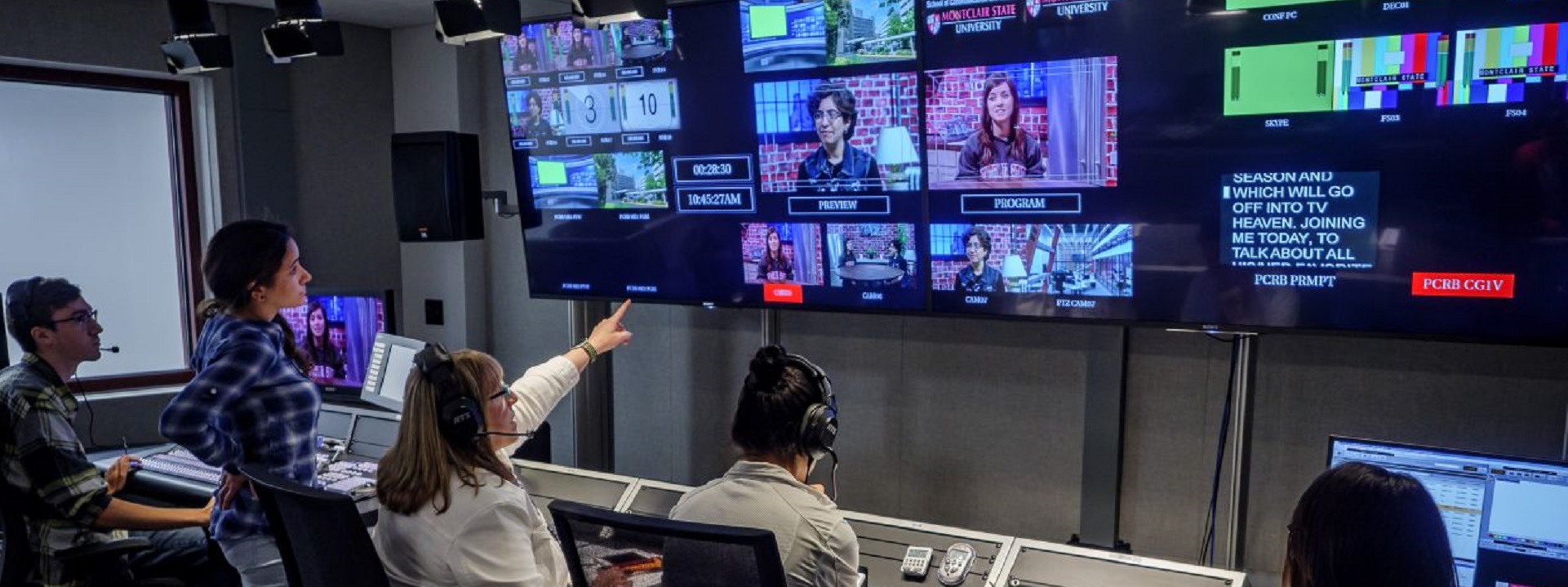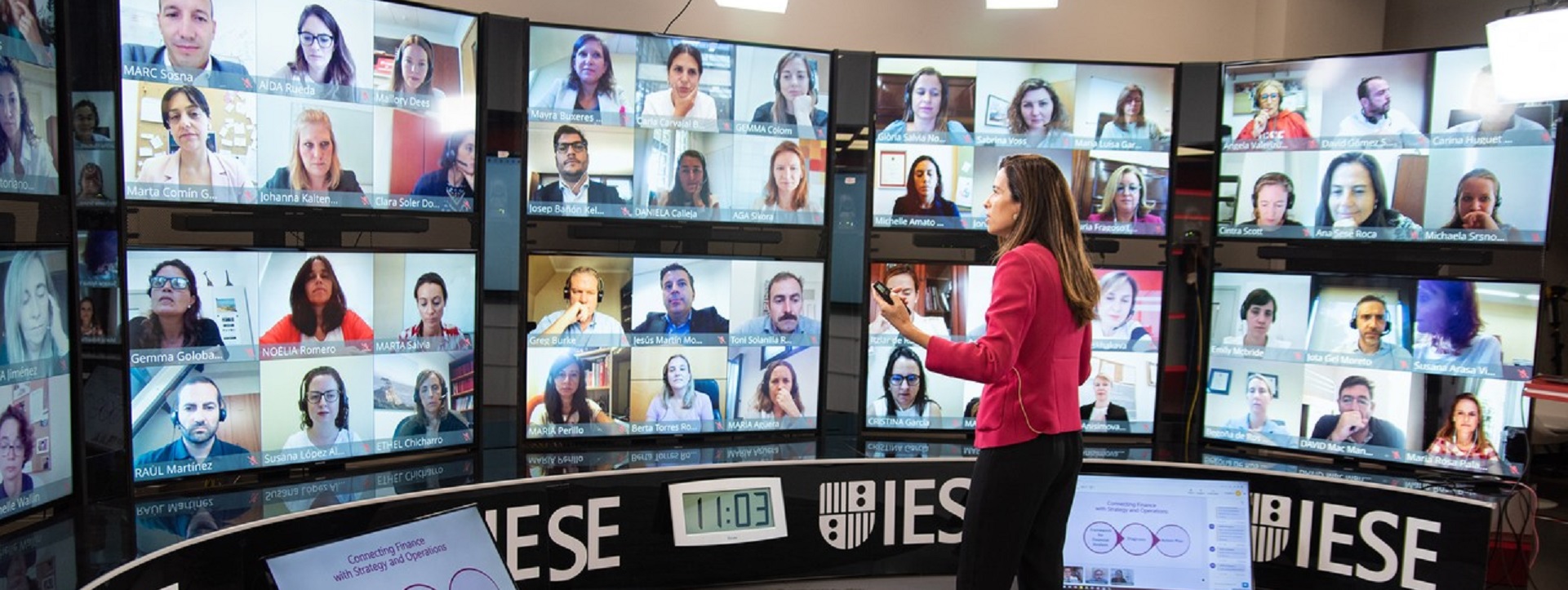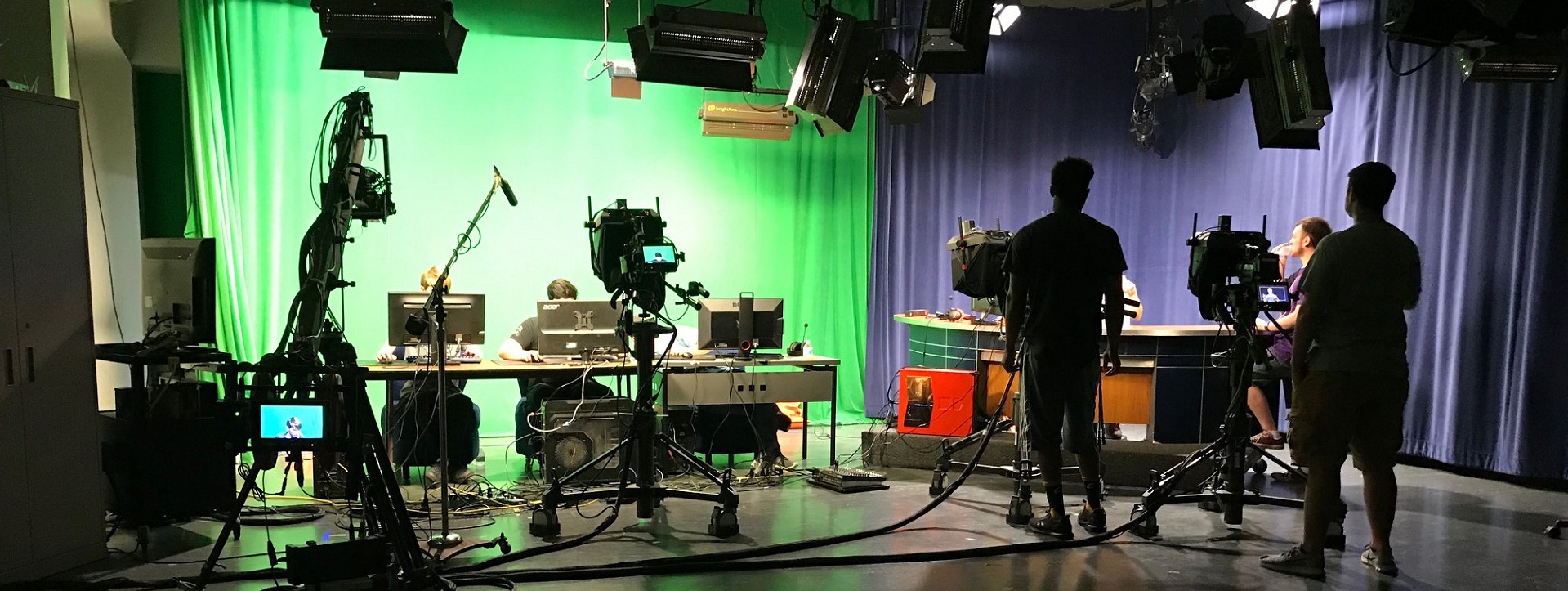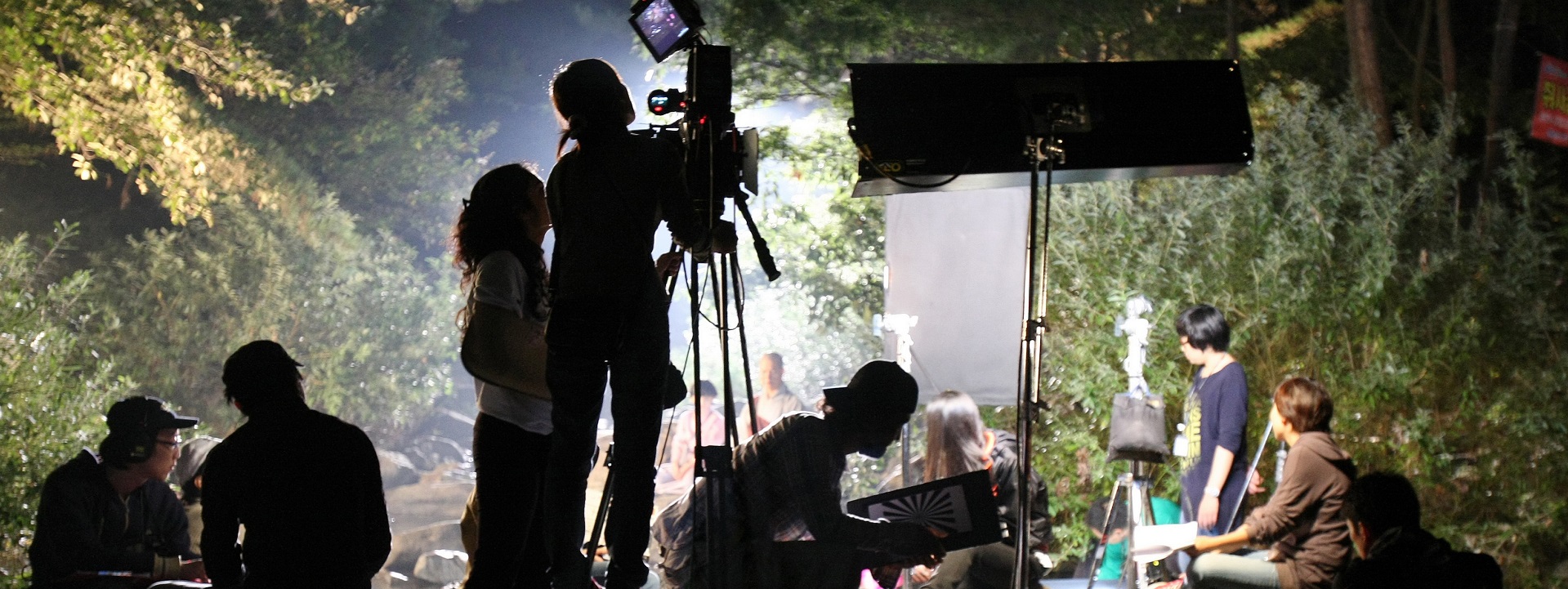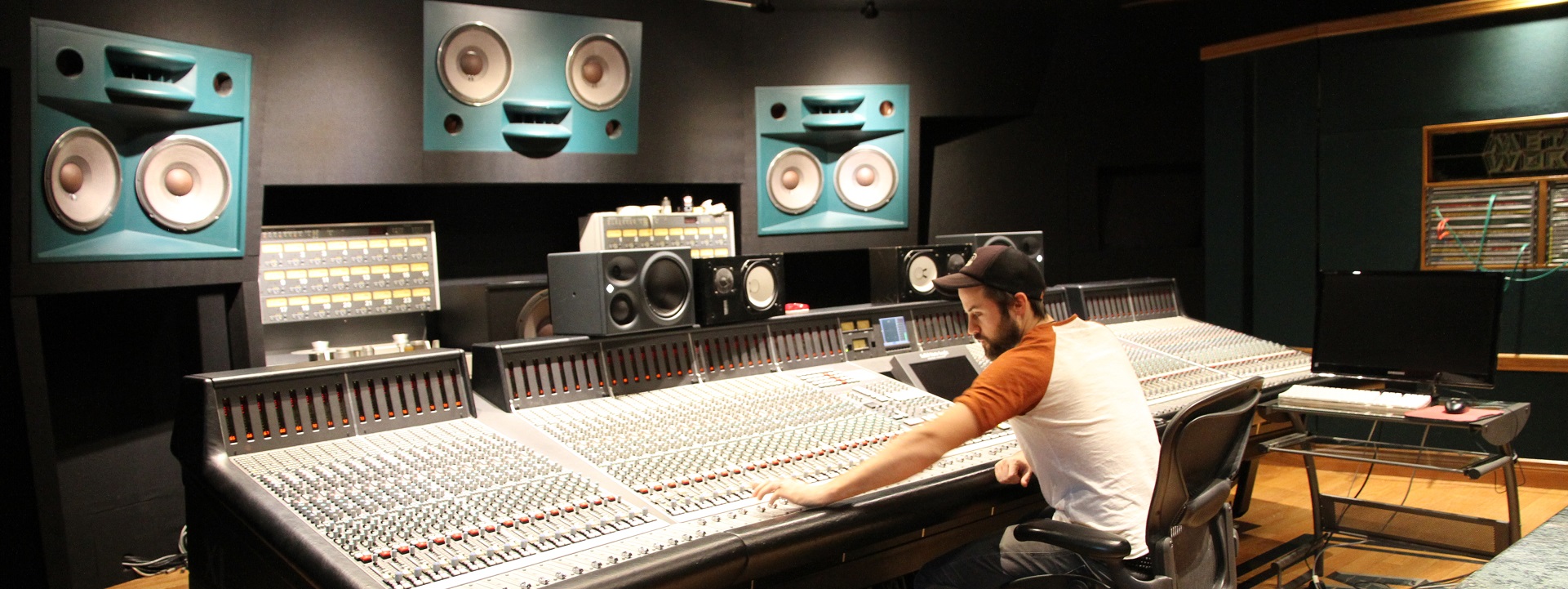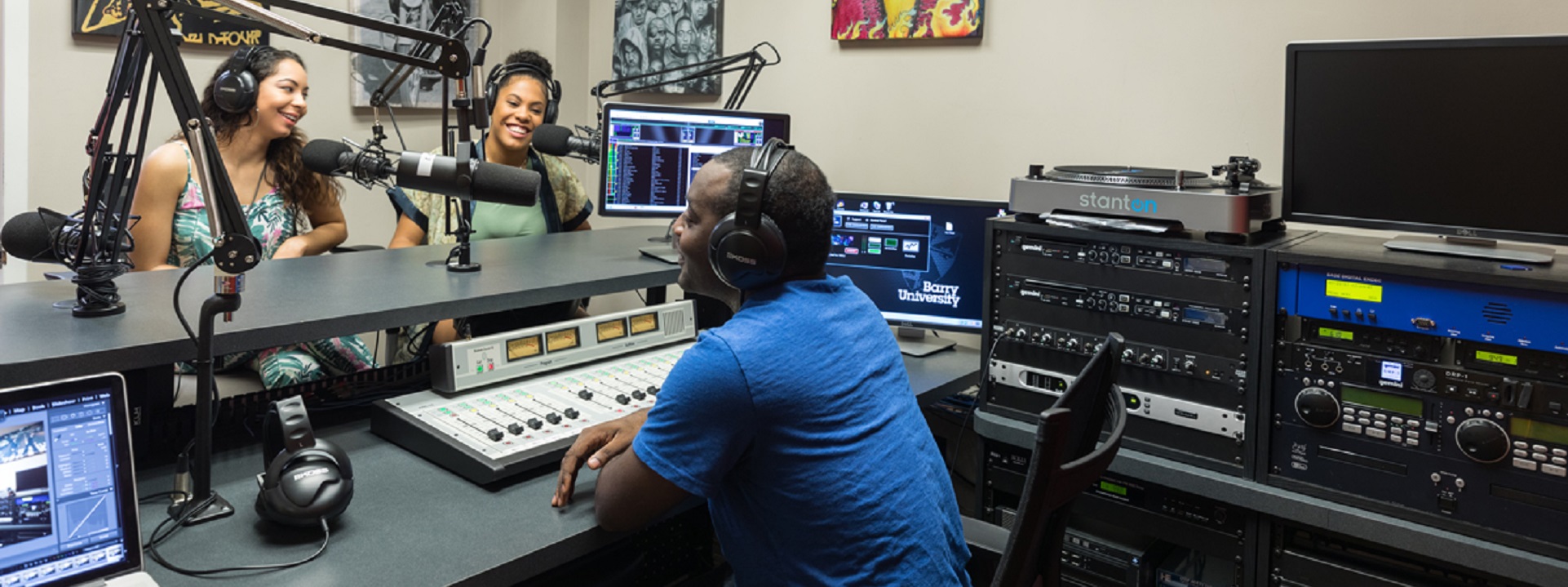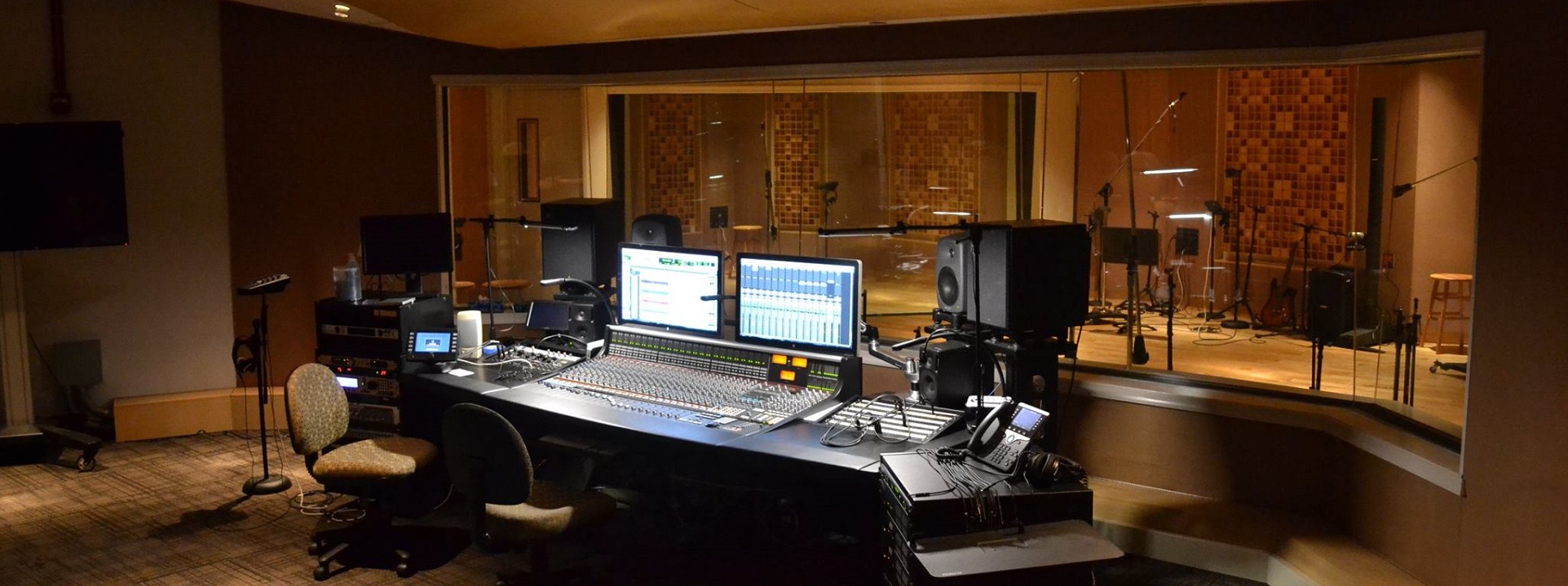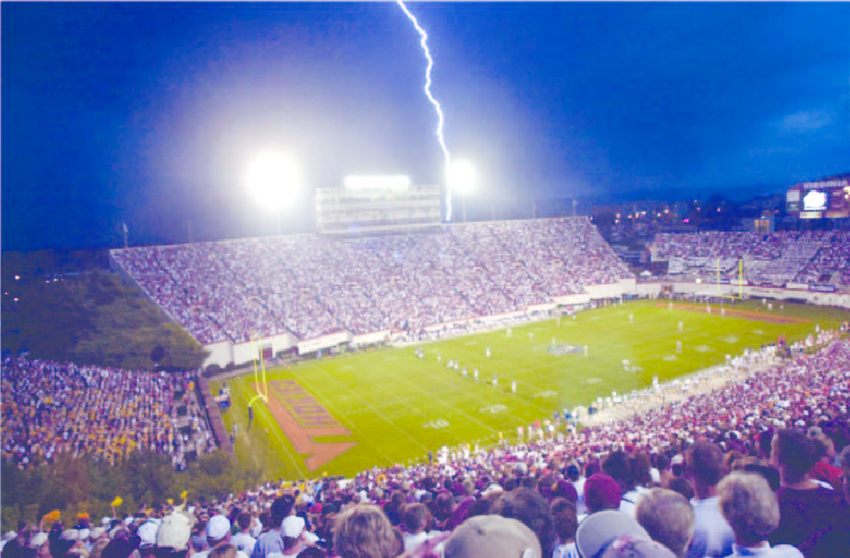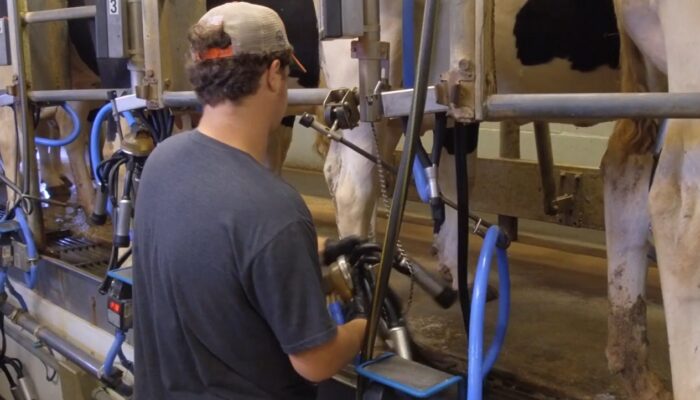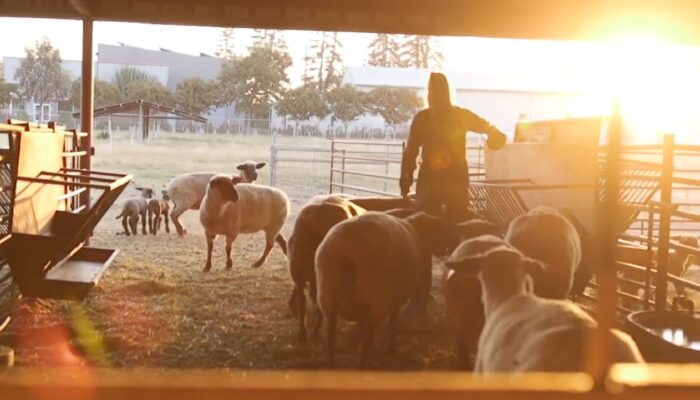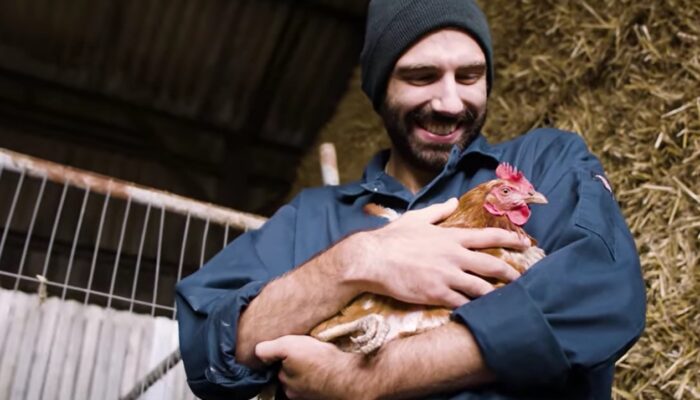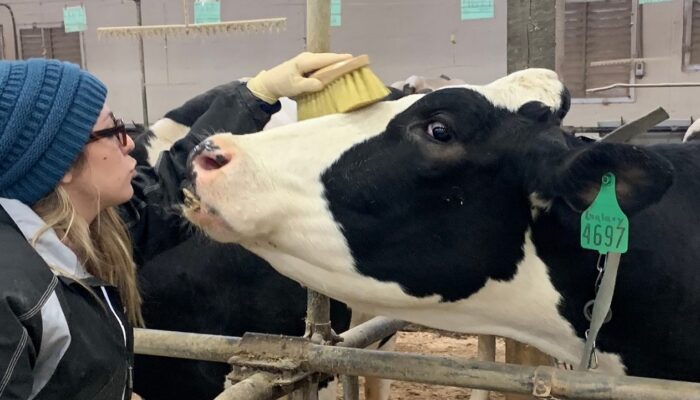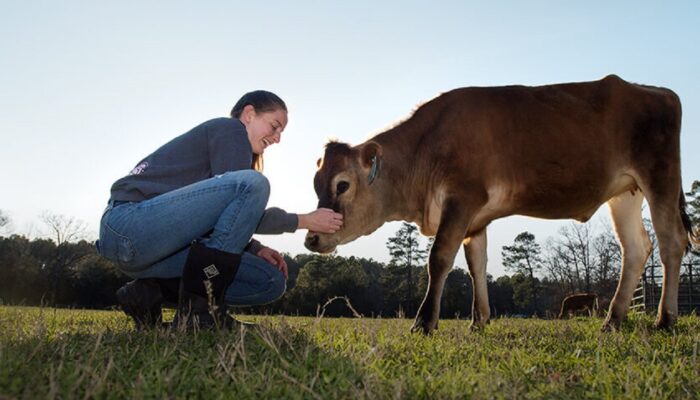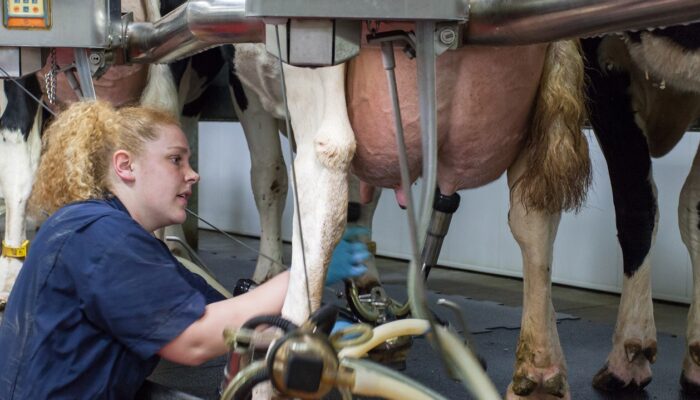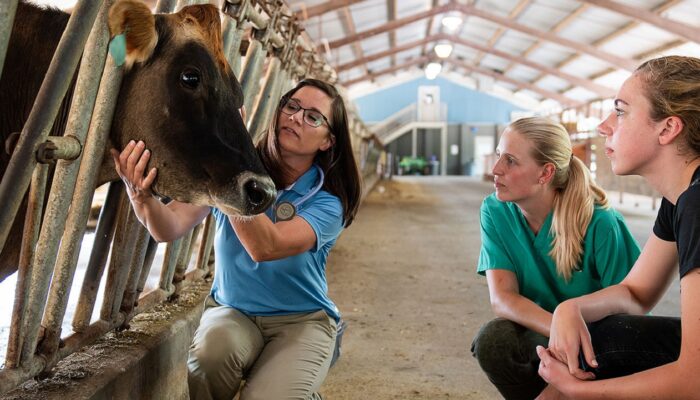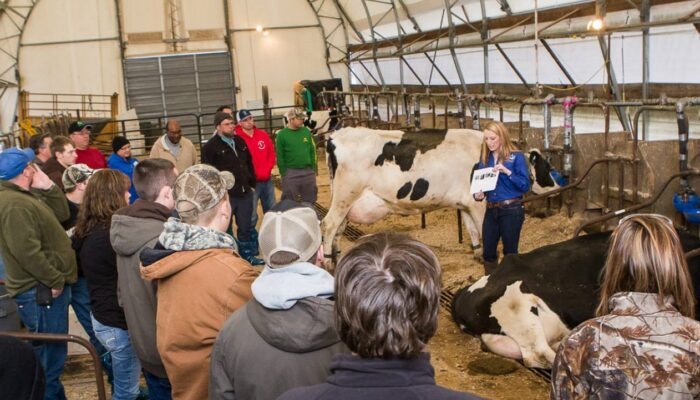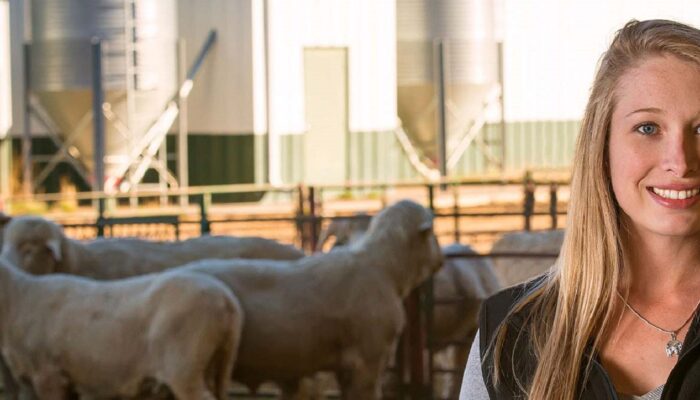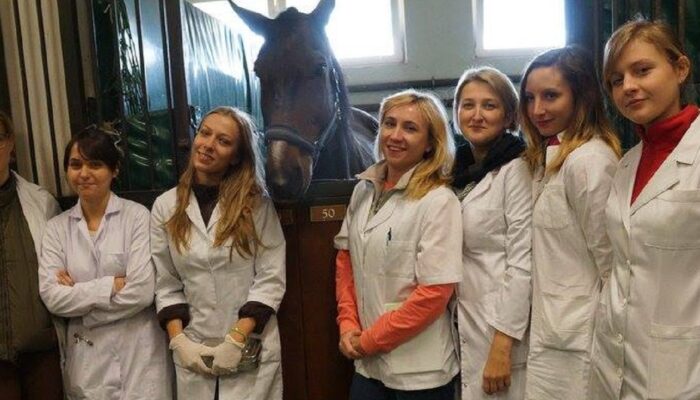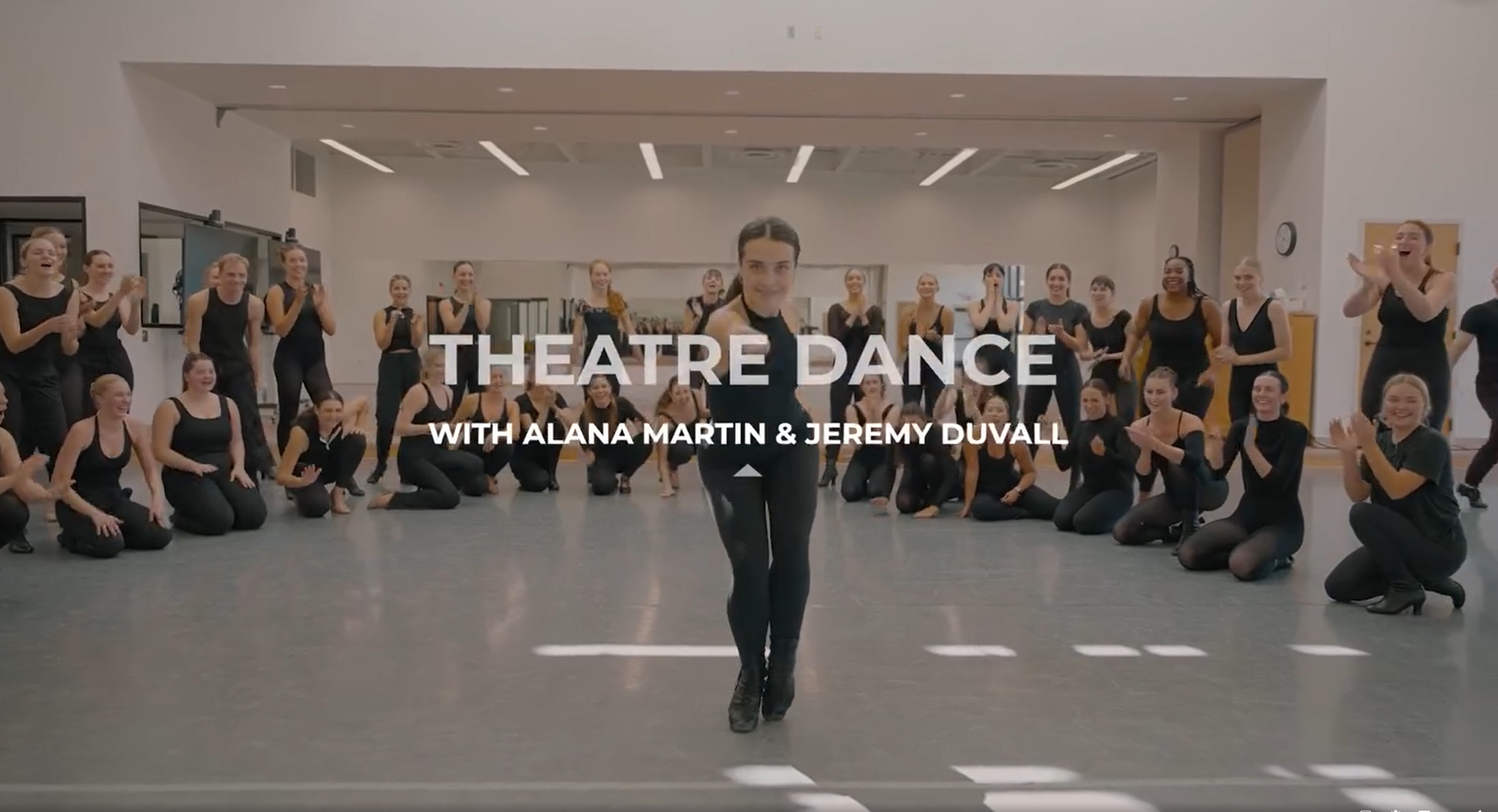”Create in me a pure heart, O God, and renew a steadfast spirit within me.„ Psalms 51:10
Have a blessed Sunday all who feed humanity! #dairy #beef … pic.twitter.com/BG68A4Sn5h— Ion Moraru 🇺🇦 (@IonMoraruDairy) February 18, 2024
Much like its role as a discoverer of new knowledge and as a large consumer in the energy sector, education communities have a significant role in food security research and as a consumer in its school lunch programs, dormitory, athletic facility and healthcare enterprises. Accordingly — in much the same way we follow the US Census Bureau’s monthly construction activity report — we follow a data point provided by the US Department of Agriculture (USDA) as one of our stars to steer by.
Global crop lands visualized by @pythonmaps. Lots of fun things to spot on this map. Nile, Himalayas, Great Dividing Range (Australia), Sahara, Pampas. What else stands out to you? pic.twitter.com/Qdw5UJqZDB
— Simon Kuestenmacher (@simongerman600) September 15, 2023
The World Agricultural Supply and Demand Estimates is a monthly report published by the USDA that provides comprehensive forecast of supply and demand for major crops (global and United States) and livestock (U.S. only). The report provides an analysis of the fundamental condition of the agricultural commodity markets for the use of farmers, governments and other market participants.
World Agricultural Supply & Demand Estimates | September 12, 2025
We maintain the WASDE report on our periodic Nourriture colloquia. See our CALENDAR for the next online meeting; open to everyone
You’ll rarely need a doctor, lawyer, or policeman
But every day, three times a day, you need a farmer pic.twitter.com/X4CTPe11eT
— Conor Lynch (@c_k_lynch) July 25, 2022
More



